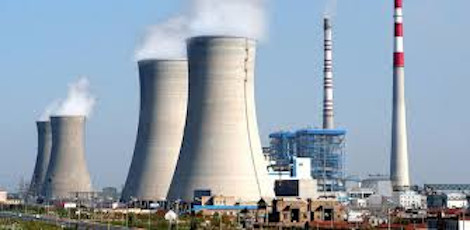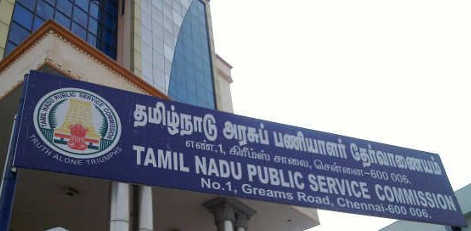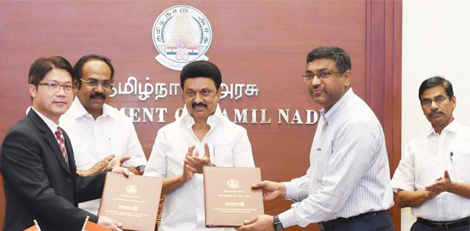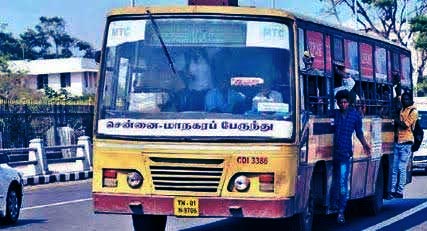Why is there a huge tension among the residents belonging to places like Thiruvottiyur, Manali etc?
Posted on: 15/Jul/2022 9:30:44 AM

Localities like Tiruvottriyur and Manali etc belonging to north Chennai are highly populated and several industries are also present here. It is now brought out that a suspected sulphur dioxide gas leak from CPCL has created a huge tension among the residents here.
It is worthy to note that the residents have been complaining of pungent smell gas (similar to LPG) leak in the mornings and evenings in the last 10 days. Directions have been issued to the CPCL by TNPCB or Tamil Nadu Pollution Control Board to monitor the ambient air quality.
It is true that even the healthy persons in these above said localities have complained about breathing troubles due to the gas. The concentration of the pungent smelling gas in the air is high.
The issue of breathlessness is being reported by the residents belonging to Jothi Nagar, Sathyamurthy Nagar, TKS Nagar and in a few places belonging to Manali that are located 2to 3km within the radius of CPCL. As per the correspondent of St Anthony Matriculation Higher Secondary School in Jothi Nagar in Thiruvottiyur it was clear that the pungent smell has been coming from 5th July itself. He added that the students have been finding it difficult to breathe and come out of the classrooms. It must be noted that in the beginning it was considered as some leakage from the school kitchen or from the neighbourhood but later on it was identified as a chemical gas leak.
It must not be forgotten that last week a joint chief environmental engineer belonging to TNPCB that the board had detected sulphur dioxide leak from CPCL. The consignment of crude that was received by CPCL from Russia had high sulphur content. Some sulphur dioxide escaped into ambient air while processing. Instructions were issued to CPCL regarding not to use that particular crude oil for processing.
It was highlighted by an officer belonging to TNPCB that a 24 hour ambient air quality survey was carried out to know the exact gaseous compound that has been creating issues for the residents. The joint chief engineer was of the view that the gas could be sulphur dioxide or LPG or some mercaptan that is an odorant.
According to a senior official belonging to CPCL there has been no leak of sulphur dioxide in the ambient air and if it had happened then the workers of the CPCL would have felt that first. He concluded that CPCL has been cooperating with TNPCB to identify the exact source of the leak.








